{Mango} Hunger Games
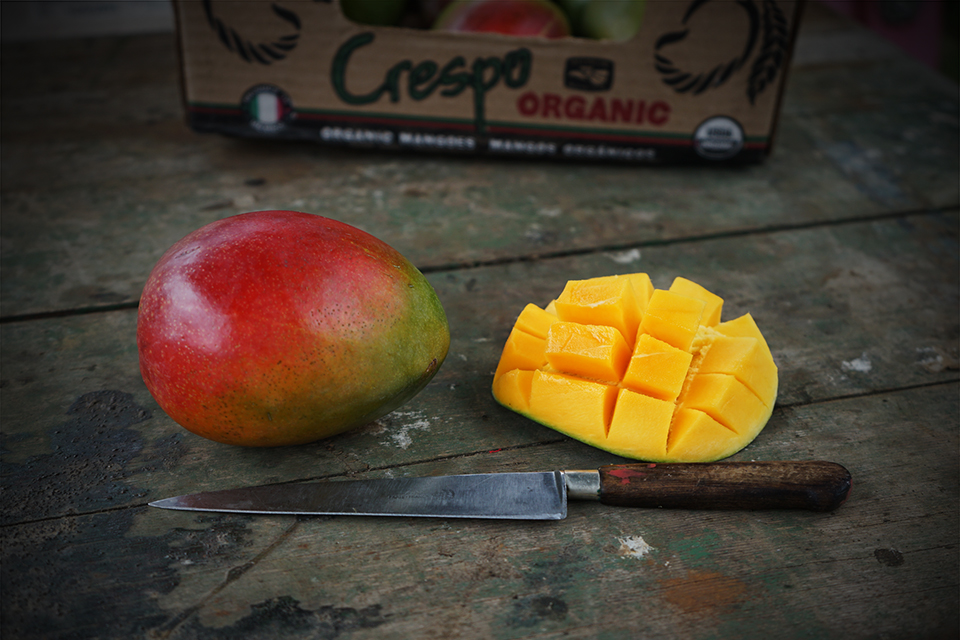
Organic Mango Crop Report: markets, mayhem and hopefully some resistance
This crop report follows the same theme as the last—confusion. But it also serves as a reminder of how quickly confusion spirals into mayhem and short-sighted, conventional-style thinking. That knee-jerk reaction is the most common response in this debacle we call the current state of Mexican mangoes. (Maybe even the state of the world.) Oaxaca is expected to enter peak next week, which means more fruit is coming soon.
It’s worth remembering that mangoes are one of the most popular fruits in the world—one that Americans are only just catching up with, and the momentum is booming. This fruit is as important as a category as organics, so let’s slow down and treat it as such.
A reminder to those in the organic sector: sh*t doesn’t work the same way on the organic side as it does on the conventional side. So be careful during times of mayhem—slow down, think, share, and remember that the Mexican mango season is one of the longest fruit seasons that exist.
The general crop report of constriction and lack I shared last week remains true and the confusion still blankets the industry, north and south of the border, but to quote one of my favorite conventional sources, “yes the fruit is very tight but we have raised prices to a level that I think can sustain and slow some of the demand as we wait for the fruit that is coming soon.”
From my vantage point in the world of fruits and vegetables—through my mango lens—it often feels like a reflection of the chaos unfolding everywhere else. Confusion, fear, distrust, and a complete lack of collaboration. No consensus on what the greater good even looks like. It’s as if we’re all racing to the top of a dystopian system without pausing to question what we’re actually trying to attain.
Some days, it really does feel like The Hunger Games, and I’d much rather be a symbol of defiance than a cog in the machine.
I spend a significant amount of time and energy examining the two most critical points in the chain—the orchards and the retail shelf—and I worry that in the organic sector, we often forget a fundamental truth: there is only so much organic fruit. With mounting challenges drenching us in difficulty, I fear for those who can’t connect the dots.
Across many of the regions we sell in, I sense a growing disconnect between what’s happening in the orchards, the markets, and most importantly, at the register. In many cases, retail prices are astronomical, while grower prices are higher than I’ve ever seen.
From my experience—especially when factoring in global trade wars, climate chaos, and economic instability—this isn’t a sustainable model. It makes me wonder if many of the ardent organic supporters, particularly distributors and grocers, are drawing from headlines and banking on the idea that short-term pain will eventually lead to big gains.
Instability has turned the supply chain into an unforgiving arena—where “Gamemakers” manipulate the rules to serve their own interests. Many are pushing for a buyer’s market, that concept is traditionally more relevant to conventional markets than organic. I cant understand why my organic industry would want to commoditize a product we have worked hard to keep special. It’s very short sighted.
But here’s the reality: under these conditions, a true buyer’s market isn’t likely on either side—especially in organics. The fundamental balance of supply and demand isn’t just off; it’s become entirely unpredictable, as a whole and regionally. This has been evident in market patterns over the past years and is a concern echoed by mango industry experts. If we slow down for a moment, we will remember the patterns, the countless disruptions and how the opposite of commoditization has keep this item thriving.
Climate chaos has continued to disrupt production, making surpluses rare, short term and inconsistent, while rising global demand, not just in fresh but in dried, IQF and other sectors, including robust domestic markets ensures that any excess supply is quickly absorbed. Even when temporary gluts occur, logistical disruptions, rising input costs, and speculative buying prevent prices from dropping significantly or for long.
The result is a fragmented, volatile marketplace where neither buyers nor sellers have consistent leverage. And when you apply this to the organic sector, the complexity only deepens. Instead of working together, everyone is blaming, attacking, and pitting themselves against one another. As if organic mangoes grew on trees just as we wanted them to.
In a world of mango mayhem, be a Katniss—resist the urge to play the games. The system isn’t what it used to be, and clinging to outdated strategies only fuels the chaos. In my opinion, it also jeopardizes everything we’ve built on the organic side, regardless of what label you sell.
Most buyer-side jobs have become largely algorithmic, and I’d argue that many lack the skill to navigate the complexities we now face. The moment we engage in manipulation and chase short-term wins, we all lose.
Instead of fighting for scraps in a broken system, we need to rewrite the rules—demanding transparency, prioritizing collaboration, and advocating for a supply chain that truly works for farmers, buyers, and consumers alike. The real rebellion isn’t about winning within the current system; it’s about refusing to let the system dictate how we operate in the first place.
I thought my fellow organic advocates believed in this.
Mango Expertise & This Week’s Crop Report
This week, I turned to Dr. Jorge Osuna for expert insights into the widespread flowering challenges impacting mango production and availability, hoping to better understand the issues we continue to face—not just in supply shortages but also in the accuracy of information.
With 43 years at INIFAP, Mexico’s leading agricultural research institute, Dr. Osuna has contributed significant research on mango and avocado production, including work for the Mango Board. He directed me to one of his major projects, the Mango Handbook, a comprehensive resource on mango production, postharvest management, and export logistics.
Though funded by the conventionally focused Mango Board and designed for conventional farming, the Mango Handbook still provides valuable insights into key challenges like irregular flowering, climate variability, pest control, and supply chain inefficiencies. You can find more of his Mango Board research HERE.)
This Weeks Crop Report “Coming Soon”
Last week was confusion, this week I’m honing in on coming soon—a phrase that, let’s be honest, often translates to I don’t really know when. Coming soon reminds me of the sign I put up on my herb project Herbal-Roots.com years ago, which about sums up the unpredictable reality of those words.
Now, when it comes to mangoes, coming soon isn’t quite as ambiguous—but you get the point. The reality is, the numbers just aren’t adding up from the orchards. That’s an undeniable truth I’ve verified repeatedly, conventionally and organically and why my conversation on mango blooms with Dr, Osuna was so important in my own learning.
But they all do say (and so I will report): it’s coming soon. There seems to be a consensus that by the first week of April—just in time for new tariffs, I suppose—both organic and conventional fruit will be more plentiful. Of course, “plentiful” on the organic side is always a bit more subjective.
Tommy Atkins and Ataulfos should be more available in about 7-10 days at the orchard level. Next week there is more fruit than this week and so on. Oaxaca is set to peak and have a good flush of fruit starting the last week of March and into April. While Chiapas peak was flat as they head into the tail end. Oaxaca fruit has been cleaner with the more dry humid conditions, versus Chiapas wetter humidity. Quality at orchard level is a deterrent for some, so I hear.
Big Ataulfo Obsession
There’s an obsession with big Ataulfos on the organic side of things. I 100% understand the appeal, but if you want to continue growing and evolving your mango program, it’s crucial to move beyond that fixation—or at least broaden your scope of desire.
Large Ataulfos are inherently rare in the mathematics of Ataulfo mango orchards. They are easy for anyone to sell and they can fetch high prices from season start to season end. Ataulfo sizing generally ranges from 12-24 count, with 10s emerging on tiny levels in big fruit production yea and 26s in small fruit ones. Mango trees naturally produce a variety of sizes, and nothing can change that.
Right now, the southern region of Oaxaca has passed its peak. Early in the season, that region and a few specific zones produced a lot of big fruit, but as more southern orchards come into play, things are balancing out. Chiapas fruit tends to have more size variety, meaning the early-season big fruit glut that many built their programs around and used to try shift power balances is coming to an end.
Looking ahead, sizing trends further north remain uncertain. Generally, like most produce, a variety of sizes is expected. Nayarit received more water at the end of last year, while Sinaloa didn’t, adding more variables to what will actually come out of the orchards. Even when we anticipate “mostly large fruit,” it still means some—not all.
One of the biggest issues I see moving ahead—one that will impact the trajectory of organic mango programs—is this fixation on big Ataulfos. If your entire strategy is built around sourcing only large fruit, you will miss out on the more of a successful program—more variety, more economical pricing, more ads, more consumer joy. The reality is: mangoes don’t grow on trees one way. If you insist on only big Ataulfos, you’re technically signing up for a small mango program.
Yes, I know no one wants to hear this from me, but there are other mangoes, other sizes, and plenty of retailers have built thriving programs by embracing a range of sizes. And with specialty mangoes likely starting early while Ataulfos are predicted to end sooner than usual, and plenty of round mangoes coming, it might be time to rethink your long-term Mexican mango program strategy. Things are and will continue to be bumpy after all. And mangoes have become a great addition to the many unpredictable summer fruits we rely on, and consumers love mangoes, as they have proved in retail profits.
Also, let’s be clear—if you’re not concerned about your Ataulfo temperatures, you don’t have a thriving Ataulfo program anyway. Dr. Oscuna shared that the real insight on Ataulfo mangoes—something Dr. Norris Ledesma and I often discuss—is that the data consistently shows they prefer 55°F, and anything below 50°F is damaging. He also pointed out that immature fruit, which has been harvested in volume over the last few weeks due to demand, and mixed maturity from bloom irregularities is even more susceptible to cold damage.
I guess the moral here is that short-term, Hunger Games-style conventional thinking won’t get you far if you care about quality and flavor. And while many remain laser-focused on a large Ataulfo shortage, others who have adapted to different sizes and varieties have built thriving businesses this season.
Domestic Market
It’s worth noting—because I’ve seen this pattern emerge over the last several years and keep hearing it reiterated this season a lot—Mexico’s domestic market is booming. While there is barely an organic domestic market, it’s important to recognize that grower-level pricing remains high, in part due to the insatiable demand from local Mexican markets.
As a grower advocate, I have to say, this is exciting. Farmers deserve a strong, multi-functional avenue to sell mangoes across different sectors. I think this trend is especially important to watch in Mexico’s early season.
As part of the “coming soon” narrative, some say domestic market pressures will ease as more regions in the north begin producing. We’ll see.
Nayarit & Sinaloa
In conversations with Roberto Crespo and others, including Dr. Oscuna—who resides in and does extensive work in Nayarit—the region appears to be on schedule for a normal start. As of now, mid-May is the predicted beginning of the season, meaning blooming and fruit setting have been underway. We should have more production insights soon. Ataulfos will begin first as usual. Nayarit usually has a wide range of sizing from the trees.
Many parts of Nayarit received good rainfall during the off-season, particularly in December and January. Generally speaking, the orchards seem healthy, and the fruit looks good from what I’ve seen—though I haven’t been in the orchards myself. I need to ask more questions about the blooming; I think we all do.
I still need to gather more information about Chiapas and how long we can bridge the gap between the south and the north. At this point, I don’t think I can properly gauge that, given the complexities and lack of clear patterns in the orchards. Based on recent years, the transition from south to north will likely be difficult. Once again, a short-sighted approach to mango programs may not benefit the transition.
Sinaloa Ataulfos and specialty mangoes are blooming early, and some theories suggest that the Sinaloa Ataulfo and specialty mango season end earlier than usual. It’s still too soon to tell, but it’s something I’m watching closely as more growers share their insights. That means we will have a long peak summer where round mangoes dominate.
My General Ongoing Floration Worries
Climate change has made mango blooming more unpredictable, making it harder to gauge volumes accurately. This is why I closely follow floration discussions, especially as controlled blooming techniques and general conversations become more common in conventional production. In many Latin American countries, conventional growers increasingly use gibberellin inhibitors like calcium prohexadione to manipulate flowering—something not allowed in organic farming due to its reliance on synthetic plant growth regulators (PGRs).
Organic production, along with most of Mexico’s mango industry until now, has relied on natural methods like pruning, nutrient management, water stress, and biological stimulants to regulate plant growth. The concern is that as conventional methods shift in response to demand amidst the complexities brought on by climate change, organic floration research, data collection, and supply chain planning for organic produce may be overlooked and thus production expansion hindered.
My biggest worry is that if suppliers, buyer sand retailers don’t invest in supporting strong organic programs—including size diversity and fair pricing—their push to singular size buying and lower pricing results in unrealistic supply expectations that won’t be met. This short-sighted approach is weakening the integrity of organic supply chains as well as the willingness for growers to invest in the overly complicated process.
Tariffs, Rising Costs & Other Challenges
Tariffs remain a major challenge this season, with unpredictable costs. Meanwhile, rising costs in Mexico—especially for gas, packaging, labor etc—add pressure. U.S. importers are also struggling with high costs, supply chain instability, and a shortage of skilled labor, making daily business more difficult. Currency volatility complicates pricing, while inflation and trade instability in both Mexico and the U.S. make everything riskier.
Demand Problem
There is record-breaking demand for mangoes in the U.S. every year, driven by health trends, culinary popularity, and year-round availability. This growth shows no signs of slowing, yet prices have never been this high for this long. I personally don’t think we can sustain this, but we also can’t sustain prices that are too low, as the pendulum has been trying to swing.
Climate change and production challenges—unpredictable weather, water scarcity, and labor shortages—are making it harder to keep up. With demand consistently outpacing supply, growers and supply chains face rising costs, trade complexities, and sustainability concerns, all while struggling to meet consumer expectations.
The pressure from demand is leading to corner-cutting across the industry. More immature fruit is entering the supply chain, which is already vulnerable due to temperature inconsistencies that expose mangoes to cold damage. Instead of prioritizing balance, the industry is chasing demand at the expense of farmers, farming communities, and the environment. Ultimately, this approach fails consumers too, delivering fruit at the wrong time, often at the wrong price, and rarely at its best quality and eating experience.
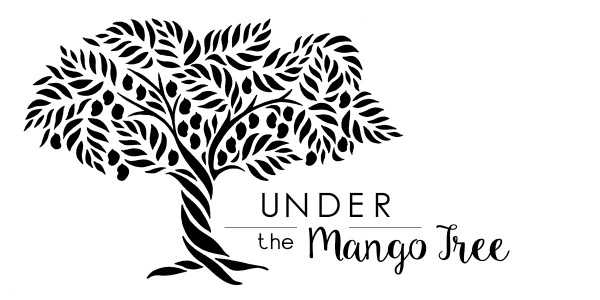

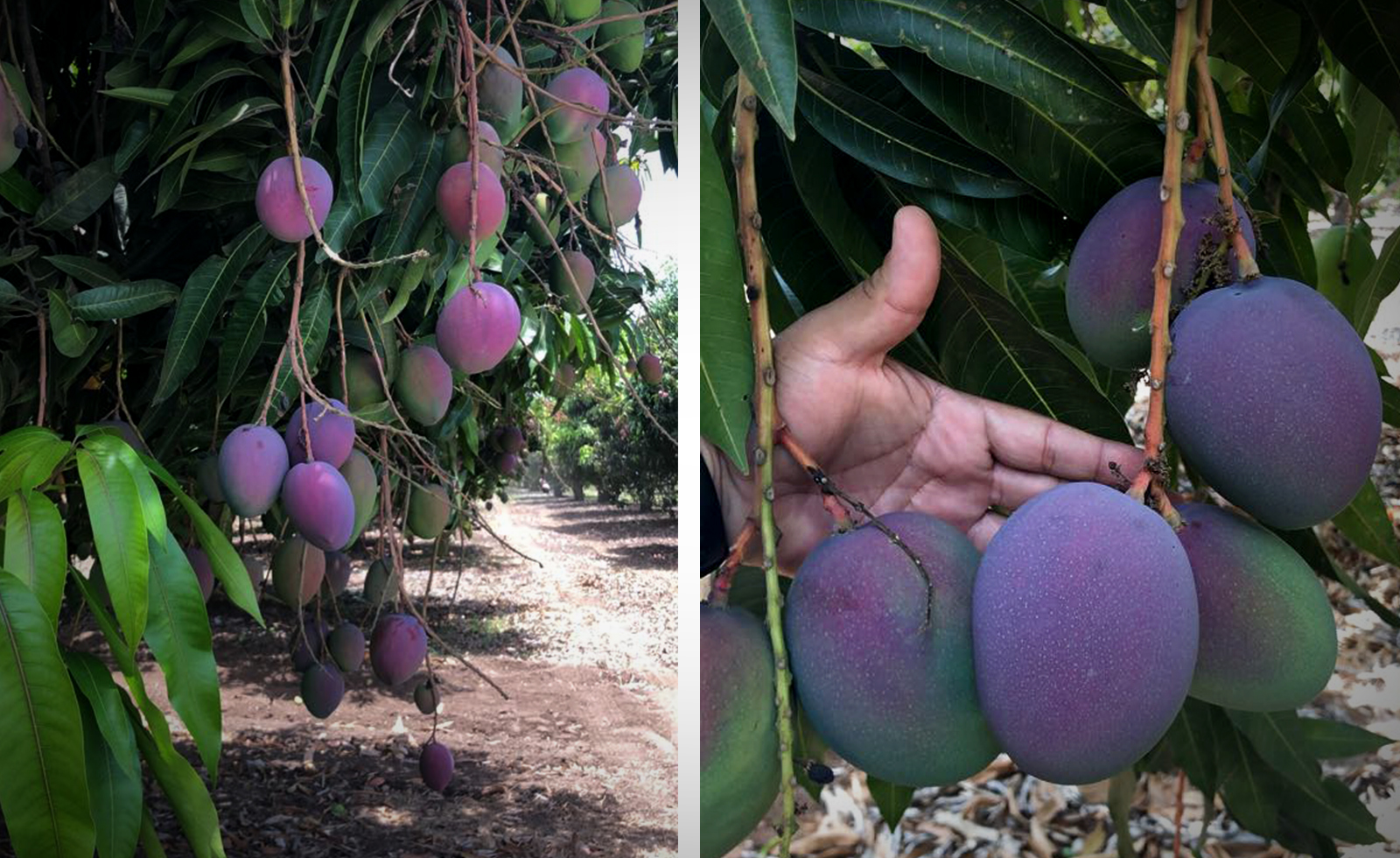
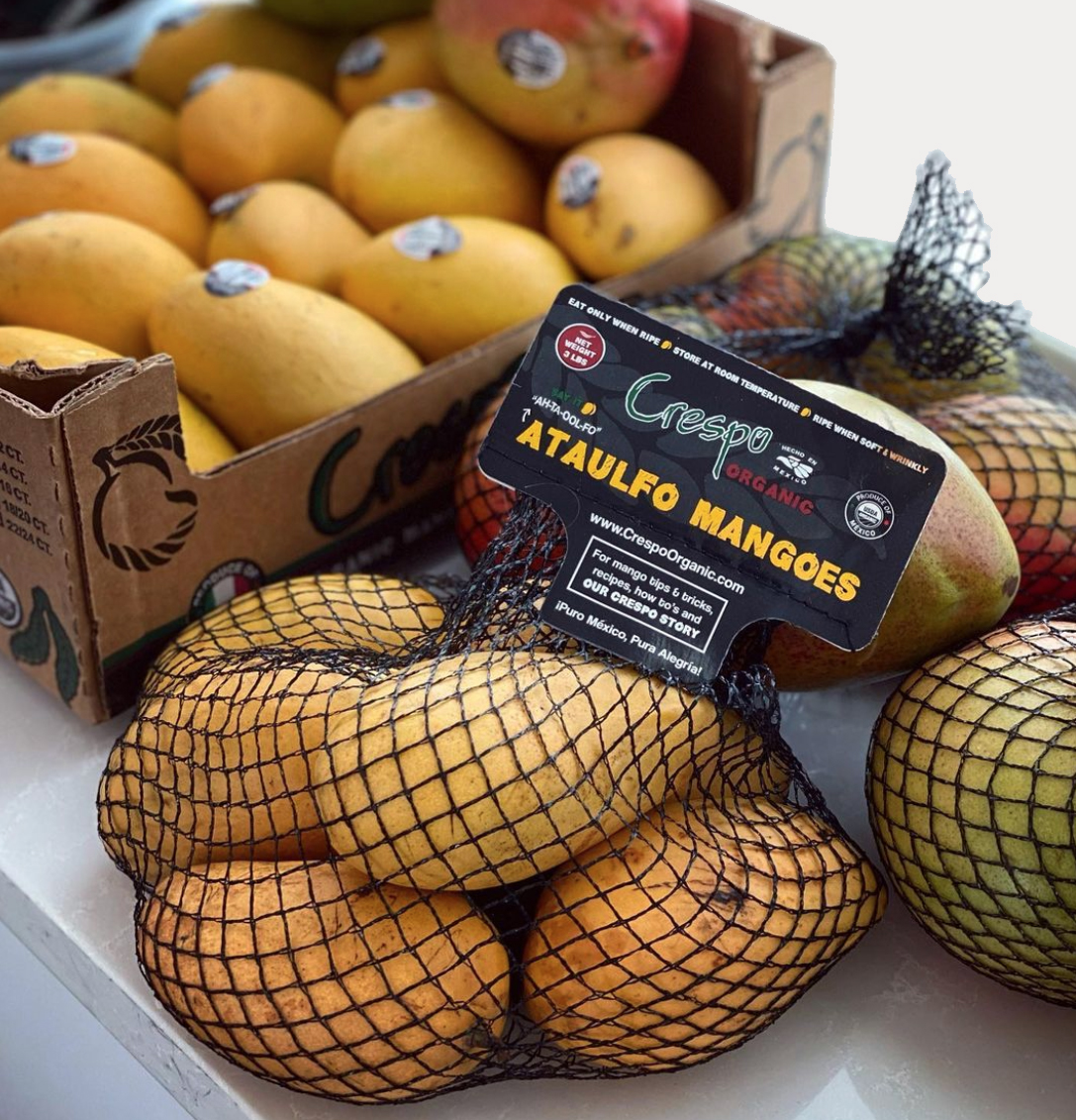
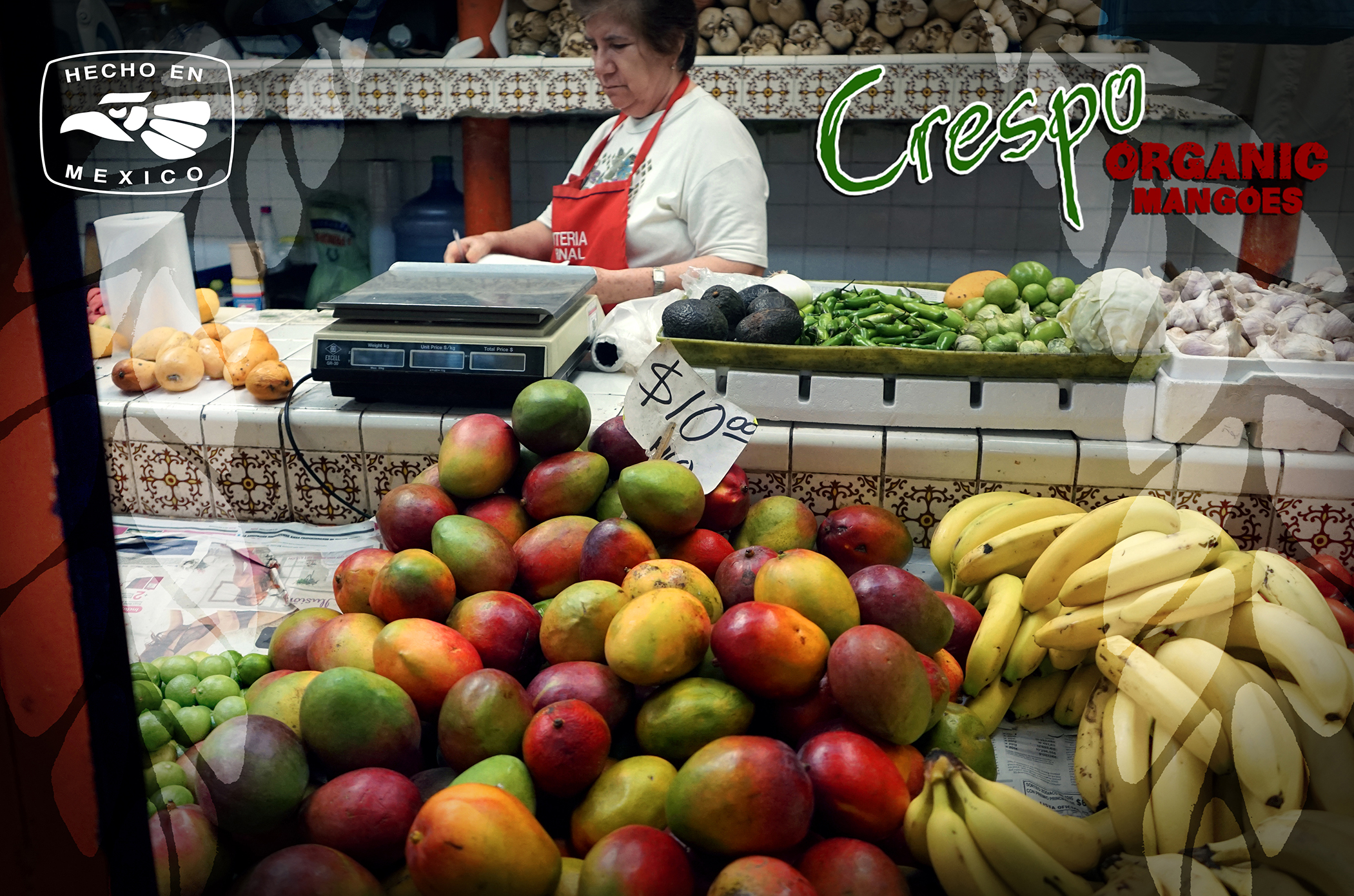
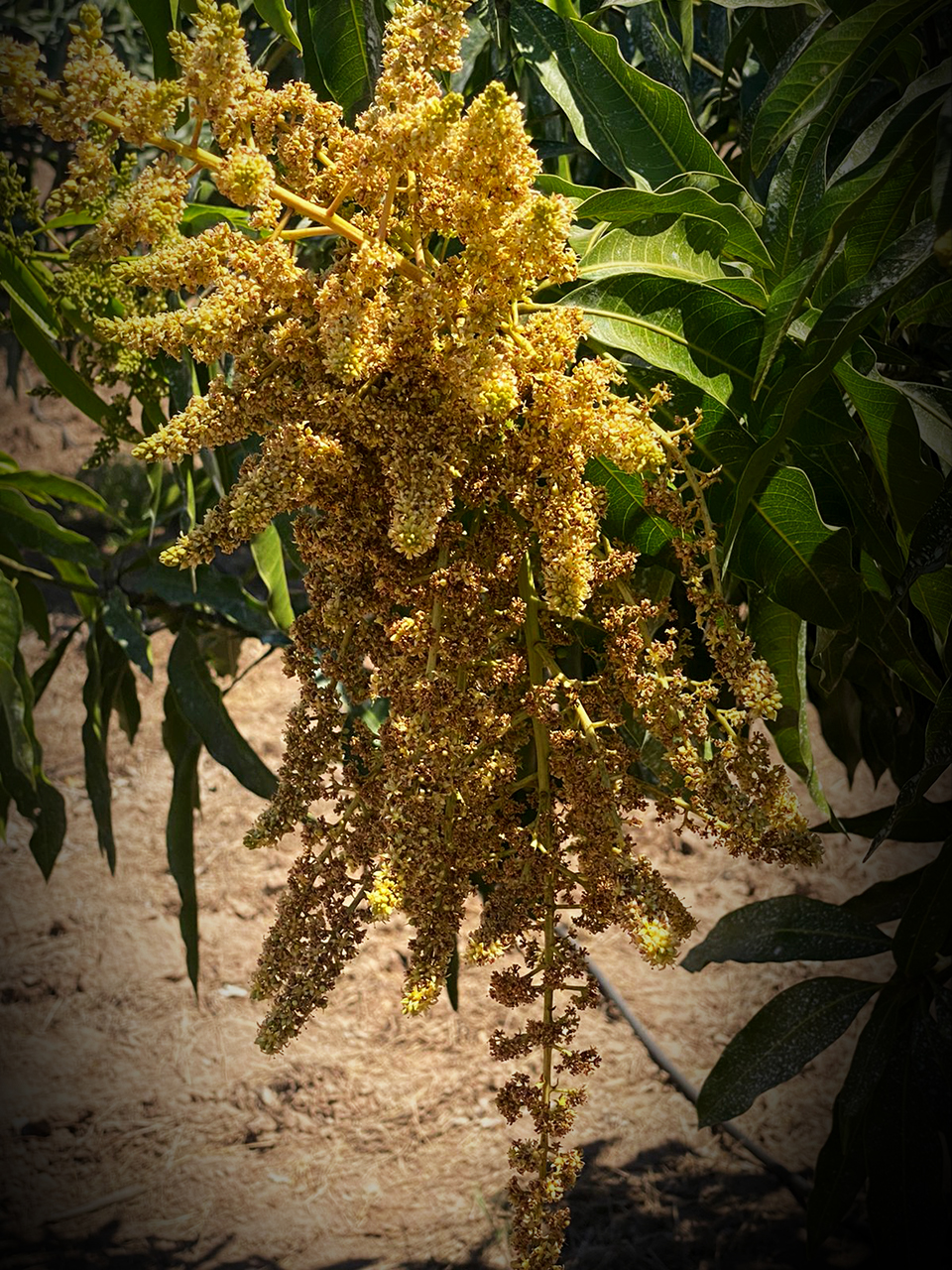
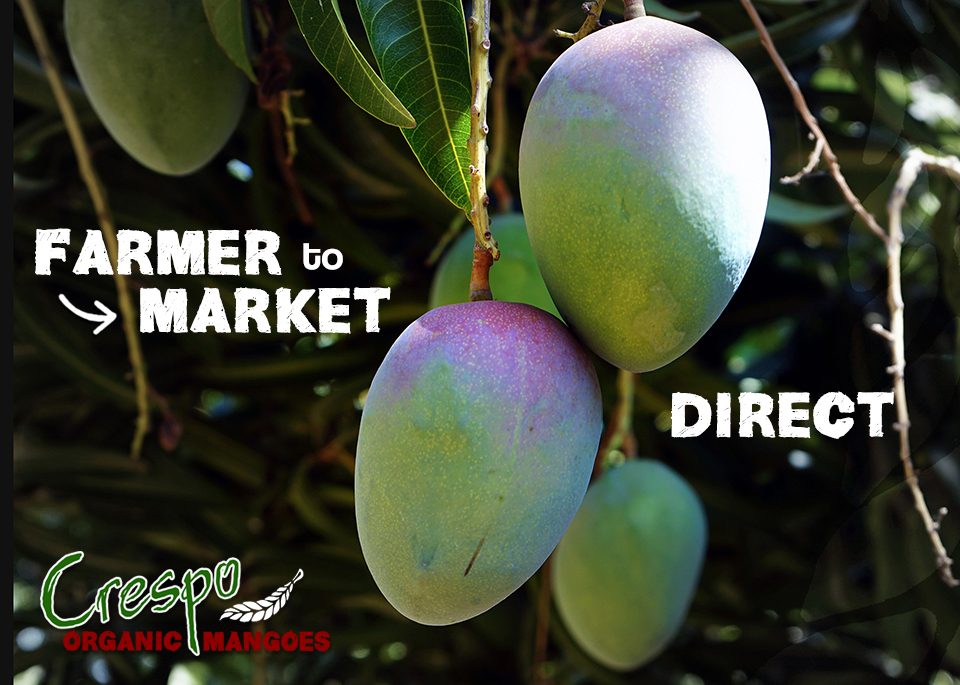
[…] volume and market control over true nutrition. Mass-scale production—operating in more of a Hunger Games style, driven by market demand rather than natural growing cycles—often leads to fruit that falls […]